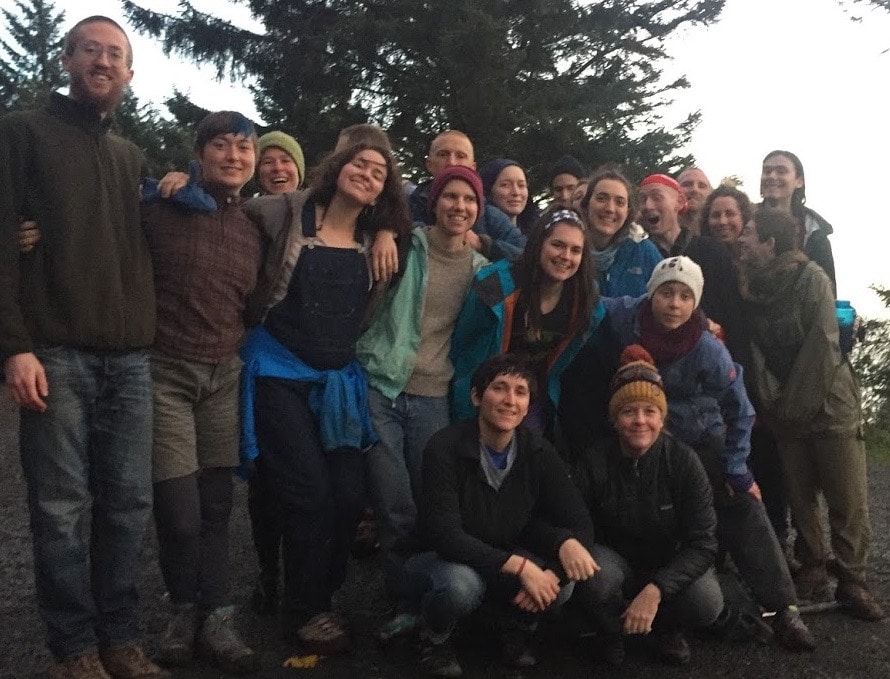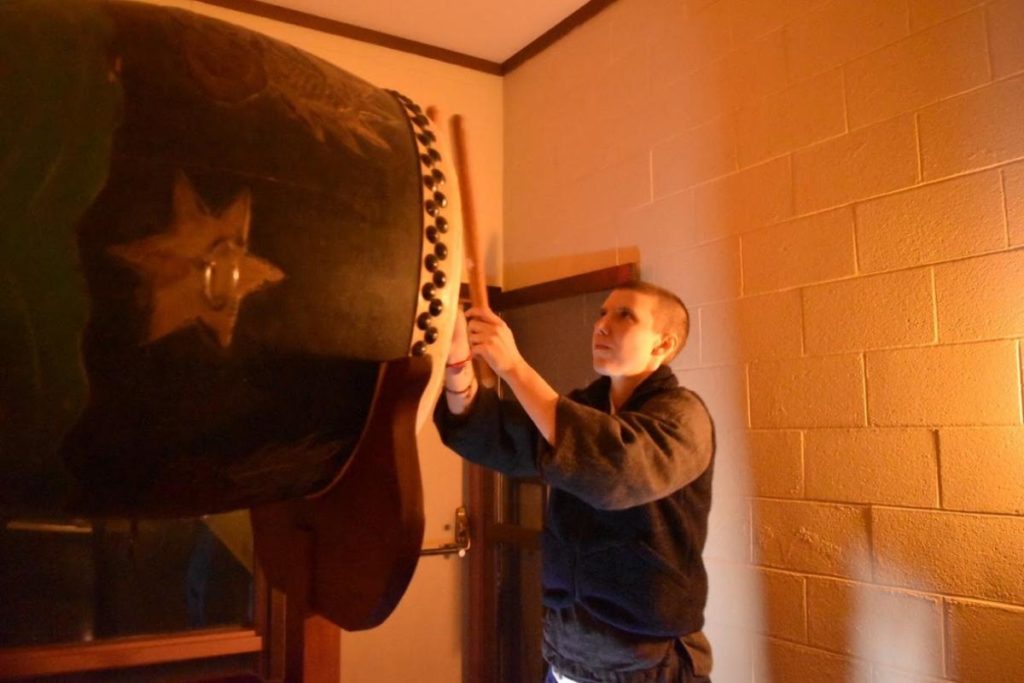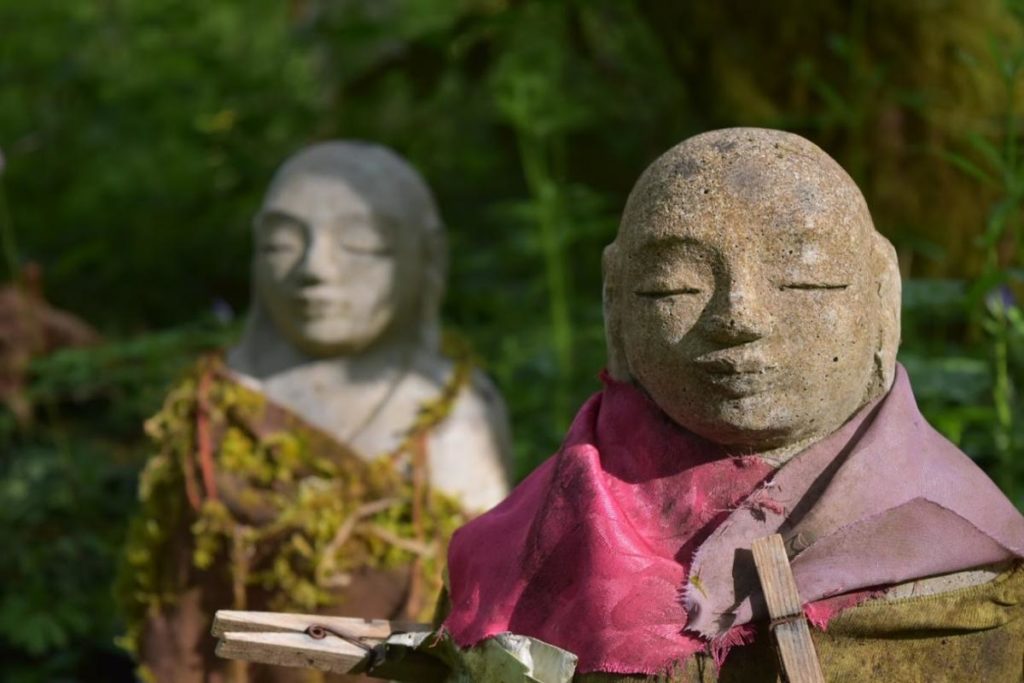This is an article that Chozen Jan Bays, Roshi wrote for Tricycle as folks completed a challenge to meditate everyday for the month of March. Below she makes some comments to help us stay on the path of practice as we make practice more an integral part of our lives.
We practice in the good times to be ready for the difficult times.
Once I was leading a day of meditation in Santa Barbara, California when a young man came for private interview and said, “I know I should practice more, but I live in such a heavenly place. The sun is always out, the surf’s up, and I just can’t find the time.” I said that we never know what difficulties life will bring us, and practice helps us to be prepared. A dentist once told me, “You don’t wait to brush teeth until they hurt.” Our practice gives noticeable, everyday benefits but it is also preventive work.
Recently a woman told me of how practice during the good times had helped her in very stressful time. She was on vacation in Hawaii with her husband and their friends when they received an alert on their phones that said a missile was headed toward the state. A police car drove by their condo broadcasting that this was not a test but a real alert. She said that suddenly the memory of a retreat I had taught years before on preparing for your own death arose. The exercise had been to imagine that an atomic war had begun, all communication had been cut off, and you had only one hour to live. What would you do? She recalled that everything became vivid and her impulse was to turn to those around her and say, “I love you. Thank you for being in my life”—which is what she did in Hawaii. She said the memory of how to practice when death seemed imminent helped her stay completely calm until the alert was called off 38 minutes later.

We must practice alone, but we cannot practice alone.
Westerners are an independent sort, and it is true that no one can practice for us. A teacher can guide us, like an experienced climber who has been up and down this mountain many times. The teacher can encourage us and show us the pitfalls, but we have to do the climb by ourselves. We could not practice without the support of the tens of thousands of dharma ancestors. They have our backs. Thank them, and ask each day for their beneficial influence on your mind.
On the other hand, besides a teacher, we need a sangha and good dharma friends. Sitting with a sangha stretches us to sit more still and to sit longer than we would in our bedroom with our cell phone buzzing in the next room and the cat crying to be fed.
I recommend that you sit at home at least five days a week for at least 35 minutes. Thirty-five minutes gives your mind a chance to settle, rise up and then settle to a deeper level. If you are super busy one day and can’t sit that long, get your work duds on and sit in a chair for five minutes before dashing out the door. It will make a difference in your day.
Additionally, sit with a group once a week. Even better, make a commitment. It is a skillful means to increase the chances you will attend. Volunteer to bring cookies, to be the greeter at the door, or the bell ringer, or the person who opens and closes the meditation hall once a week. Don’t waste effort deciding each week whether to go or not. Make a vow to go every week unless you are too sick to get out of bed or are out of town.
Do a five- to seven-day silent, teacher-led retreat at least once a year. And I mean silent. It’s the best way to see what your mind is up to and to help it find its way to intervals of blessed silence.

Be creative in your practice, but don’t get too crazy!
When I began Zen practice, this was the totality of the meditation instruction I was given, “Sit facing the wall and count your breaths to ten. If you lose track, start at one again.” This is why Zen is called “the path up the mountain without a handrail. “
I was unable to count past four. But I knew that sitting still, concentrating, and letting my mind settle was extremely important. So I invented ways to do it. I counted backwards by sevens from one hundred. I visualized the breath-numbers in glowing color, moving through the rainbow, from yellow to orange, all the way to green and back to yellow again. I envisioned the tiny particles of breath flowing like sand in an hourglass during the out-breath, and turned the hourglass over with the in-breath. Eventually I was able to let go of these supports and “just sit” in wide-open, clear awareness. But during times of stress, the supports can still help.
Be creative but don’t get carried away. Pay attention to whether what you invent is helping the mind concentrate and settle or is just entertainment.

Don’t let the inner critic take over your practice. Transform it into inner curiosity.
Meditation has its ups and downs. It’s not all attractive women sitting ecstatic on a tropical beach at sunset. If enlightenment were easy, everyone would be enlightened. Meditation has its own pace. The practice brings you just the challenges you need and are able to handle at the right time. Recognize when the inner critic is sneaking into your practice and transforming into skeptical doubt—doubt about the practice, the teachers, and about your own ability to continue through difficult periods. This is exactly when you need a teacher and a sangha.
When something difficult comes up, be curious about it. When I’m driving home from work and my mind says, “I’m so exhausted” I say, “Hey, let’s take a look at what exhaustion is.” Stop thinking, stop the story, and look at what exactly do I feel in the body? Well, my eyes are gritty, my shoulders feel heavy, and my body is droopy. OK, great. Body sensations plus story.
It’s kind of like working with a four year old who flops down and says, “I’m bored.” If his friend arrives at the door with a new game, there’s a shift of attention and boredom and fatigue disappear.

You are uncovering something you already have within your own body, heart, and mind.
You are not learning something new. In Zen we call the enlightened heart/mind the Original Mind or the Natural Mind, because it is the wide-open, curious awareness you had before you learned to speak, which was before you learned to think. You didn’t have the word “exhausted” in your head, so you just lay there in your bed, senses wide open, interested in looking, listening, breathing, touching, and so on.
What we call “meditation” was natural to us during our evolution, as we sat around a fire in the quiet darkness, or lay on the ground looking up into the stars, or tried to make ourselves disappear so an animal would come near. Now we have to purposely bring this most essential aspect of mental, physical, and spiritual health into our life artificially and call it “a retreat.”
Our practice helps us uncover what is already there, hidden by a morass of thoughts and emotions (which are just body sensations plus thoughts). As we sit and our body settles into its natural state, erect but not tense, as our mind settles into its natural state, wide awake but free of anxiety, our innate enlightened awareness naturally emerges.
This is your birthright, more intimate than your breath, but it takes some work to uncover it. It is the very best work a human can do.
